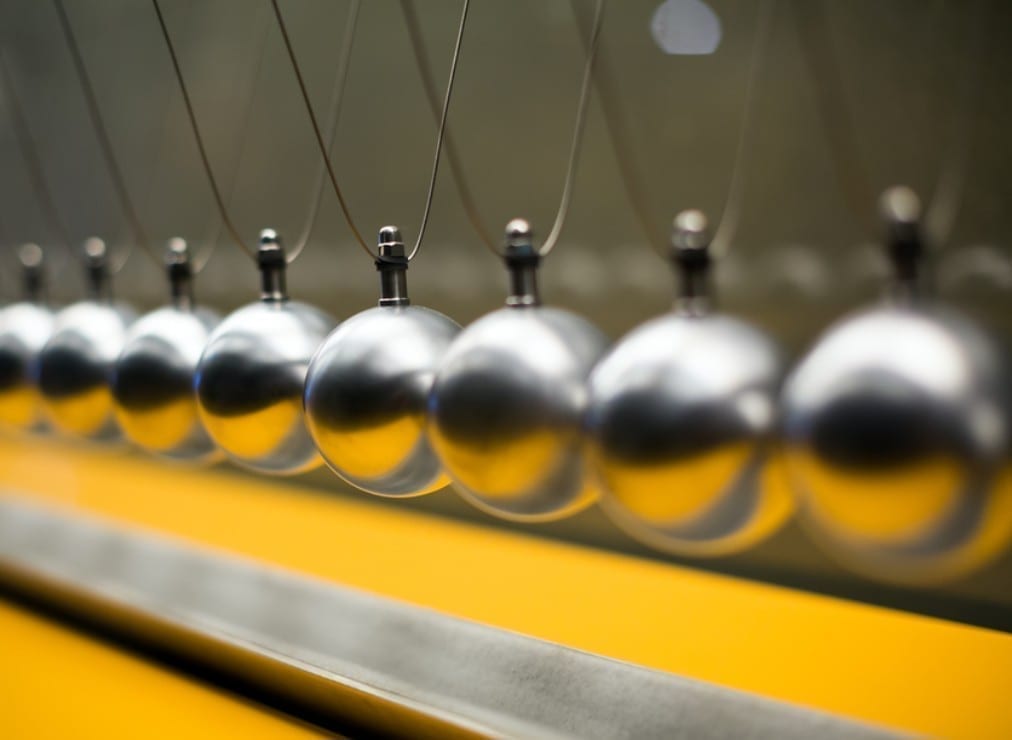
From ancient times until relatively recently, it was assumed that matter, having undergone a process of destruction, such as rotting or burning, disappears completely. About 250 years ago, however, the famous French scientist Anton Lavoisier (the “father of modern chemistry”) proved that even matter that appears to have been destroyed merely continues to exist in a different form.
This principle is called the Law of Conservation of Mass.
One hundred and seventy years after Lavoisier’s discovery, Albert Einstein proved that matter and energy are two expressions of the same reality, in much the same way that water can turn into a solid (ice) or a gas (steam).
It was also discovered that while energy can change its form, the total quantity of energy in the universe cannot be altered, so that no energy is ever lost or gained. This discovery was the basis for another principle: The Law of Conservation of Energy.
Later still, these two fundamental laws were reformulated as a single natural law stating that matter and energy cannot be destroyed and that the overall quantity of the two never changes.
Lavoisier lived in the second half of the 17th century and Einstein in the 20th century. This means that the discovery of this natural law is relatively recent.
Is that really true?
This is what Ecclesiastes has to tell us:
“I know that whatever God does, it shall be forever; nothing can be added to it, nor anything taken away” (Ecclesiastes, 3:14).
One of the Jewish people’s greatest sages, Rabbi Sa’adiah Gaon (882-942) writes in his book Emunot ve-Deot (“The Book of Beliefs and Opinions”) that the Law of Conservation is explicitly mentioned in the Torah:
“…a created object can never annihilate another object in any way. Even if it is burnt with fire, it can never be annihilated; because it is impossible to destroy something to the point that it becomes nothing. Only the Creator [can do this], who Himself created it out of nothing.”
Remember that Ecclesiastes was written some 2,800 years ago, and that Rabbi Saadiah Gaon lived about 1,300 years ago.
